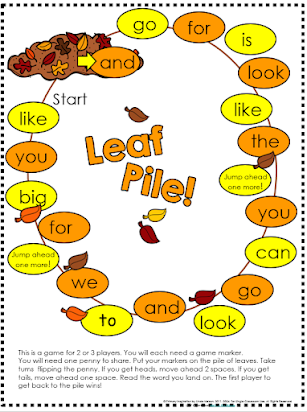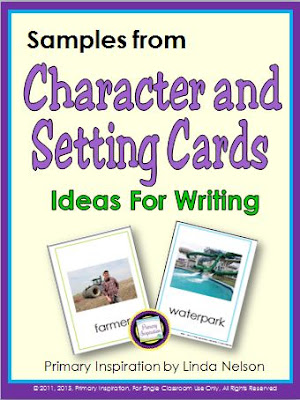Hi, Everyone!
We encourage our new readers to use the pictures as they read. We show them how to search for the layers of meaning in a picture book that can only be reached through the illustrations. We teach our students to "read" wordless books. We value illustrations so much that we even chastise parents who "quiz" our little guys by covering the pictures to "see if they can really read".
How about writing? Have you ever thought about how we can use the connection between pictures and writing to help new writers?
I got thinking about this again recently because I've been putting together a Pinterest board called "How to Draw It".
{ over 90 pins as of 4/1/15. Lots of cool tutorials! }You can
link to it here.
When a child can draw a recognizable character, the first thing that happens is that his confidence gets a huge boost. Suddenly he can put pencil to paper and make something real.
He's not just drawing, he's conveying meaning. Even a young learner who says he can't write can still draw.
The first character is the germ of a story. The
second character, or item, or anything else added to the picture, is what gets the action going!
If you regularly devote time during your early writing mini-lessons to drawing, you'll see a huge change in your students' desire to write. They will have more ideas for writing, and the stories will improve in length and complexity.
Are you thinking, "I can't draw. How can I teach it?" You
know that your kids will love whatever you draw (even if they might giggle a bit at your attempts!). But if you need a little confidence boost, too, here are some resources to help you along.
Some of my favorite books for teaching children basic drawing as a precursor to writing are those in the "Kids Can Draw" series by Philippe Legendre, published by Walter Foster. In this series, all of the drawings are based on geometric shapes. Starting with something that everyone can do takes away the "I can't" attitude and encourages kids to give it a try. Each of the many books in this series has 4-step instructions for 8-10 pictures, and a suggestion for combining them into a scene. I like using these mini-lessons with a document camera.
Here are the "Kids Can Draw" that I've used and can personally recommend.
Most of us are familiar with the Ed Emberley fingerprint drawing books. They're a fun and interesting way to use lines and dots to create little characters for student stories. Another favorite Emberley book is
Make a World. You can actually make trains and bridges and buildings and ships and people quite simply with his directions.
Online,
Drawingnow.com has loads of drawing tutorials. There are animals, people, landscapes, etc., some quite advanced. You might want to start
here for some of the simpler tutorials on animals. The tutorials are quite cool, because they are just one step at a time and you actually see the lines being drawn. These would be awesome on the SMARTboard.
I hope you'll give this a try and let me know how it goes.
Do you have a favorite resource for drawing?
Happy Teaching!





































